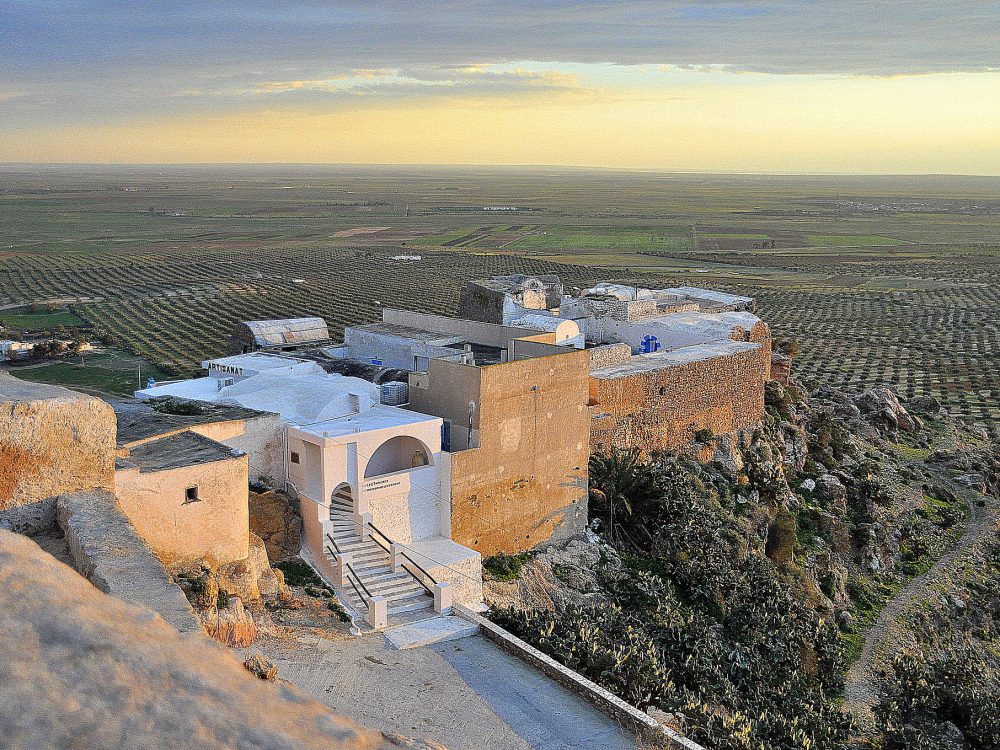Nurturing a Healthy AMP Ecosystem
Through experience and learning gathered throughout our years of technical implementations, we know well that the ecosystems surrounding tools such as the Aid Management Platform (AMP) are much more critical to tool success than technology itself. In order to create a healthy environment for tools to thrive, several steps – and a consistent effort – are required. What are the different elements necessary to create a successful tool ecosystem?

Figure 1: AMP users, key players in the AMP ecosystem
An energy source to sustain the system
Without sun, plants cannot live long. Similarly, technology tools need a stable, powerful energy source to survive. AMP requires strong leadership and support from multiple levels of government in order to both sustain the system and use it impactfully. It takes human effort to encourage data reporting and data use, to provide trainings, liaise between stakeholders, and highlight what makes the tool important. Without an energy source, the system will start to droop and fade, eventually dying.
Nutrients to sufficiently nourish the tool
Our systems need nourishment from key nutrients to become strong and “produce fruits,” or a tangible value add. Elements that help grow strong systems include:
- A strong Data Management Plan, that is referred to often;
- Consistent training and support;
- A published Donor Scorecard – showing who is, and who isn’t, reporting;
- Clear and apparent data use cases;
- Awareness raising efforts.
Because every country context is different, each team must work to identify the right combination of these elements to provide the right nutrient-rich “diet” for its system.
Considering the various “organisms” in the ecosystem
We must also examine the role that organisms, or organizations and individuals using the tool, will play. To foster healthy ecosystems, we ask certain questions to ensure we understand the role each organism plays. While roles vary by country, key players we regularly consider include:
The tool’s government administrators
What ministry will own the system, and how many people will manage it? Are they mandated to do so? Will AMP simplify or alter their jobs, perhaps giving them power, recognition, or access? Do they have sufficient time to act as the “energy source” the system needs?
The Minister, Parliament, and other leadership
Are these individuals aware of AMP, and can they use its data? Will the Minister promote the tool? What decisions do they make that could be more data-driven? Who is providing them with data, and running any needed analysis?
Line Ministries
What type of relevant information can line ministries bring to the tool? How can they participate and benefit from using it?
Development Partners and NGOs/CSOs
Will DPs enter data for both off-budget and on-budget project information, and how often? What support will they need to access and use the data? Are NGOs/CSOs aware of the system, will they be entering data, and how can we ensure their access?
Other players includes journalists, local government officials, and citizens – again, we should gauge each group’s awareness of the tool, and consider how we can best support their access and use.
Remove Toxic Elements
Data collection tools can become laden with “toxic” data requests that don’t always have a clear need – overwhelming those who input data, and leading to poor reporting. Gathering feedback from the “organisms” helps ensure the data collected fits fits their needs – and is therefore useful. Identifying unnecessary data and cleaning up the system can help make a happier, healthier ecosystem.
How does the ecosystem fit together?
A consistent energy source and nourishment, thoughtful consideration of organisms, and expelling toxic elements can help ensure country teams are taking a holistic approach to using AMP.
Our analysis can be split into three categories to guide users towards building a healthy ecosystem:

Figure 1: DG’s “Quick Guide” of elements to consider in the AMP Ecosystem.
While these ideas come from our own experience, we would love to hear from you about what you think we are missing – and what you’ve learned a happy, healthy tool ecosystem needs to thrive! Tweet at us at @DGateway or get in touch at www.developmentgateway.org.
This blog is the second in a series of posts from our AMP Retrospective. Read the first post, Our Partnership Approach: 15 Years of Sustainable Collaboration in AMP. Additionally, stay tuned for more insights and perspectives from different members of the AMP team in the coming weeks.
Share This Post
Related from our library

How useful is AI for development? Three things we learned from conversations with development experts
The development world is buzzing with excitement over the idea that new and emerging applications of artificial intelligence (AI) can supercharge economic growth, accelerate climate change mitigation, improve healthcare in rural areas, reduce inequalities, and more. But what does this look like in real life?

At a Glance | Tracking Climate Finance in Africa: Political and Technical Insights on Building Sustainable Digital Public Goods
In order to combat the effects of climate change, financing is needed to fund effective climate fighting strategies. Our white paper, “Tracking Climate Finance in Africa: Political and Technical Insights on Building Sustainable Digital Public Goods,” explores the importance of climate finance tracking, common barriers to establishing climate finance tracking systems, and five insights on developing climate finance tracking systems.

Du côté de l’Afrique Francophone et des Caraïbes
Development Gateway travaille aussi dans les pays francophones d'Afrique et des Caraïbes depuis 2007. Nous mettons à profit notre expertise technique et développons des outils, des processus et des analyses multilingues personnalisés pour soutenir les efforts de nos partenaires à obtenir de meilleurs résultats dans plusieurs secteurs, notamment l'assistance au développement, l'agriculture, les industries extractives et la santé. Ce bulletin d'information revient sur la présence de DG dans les pays francophones.